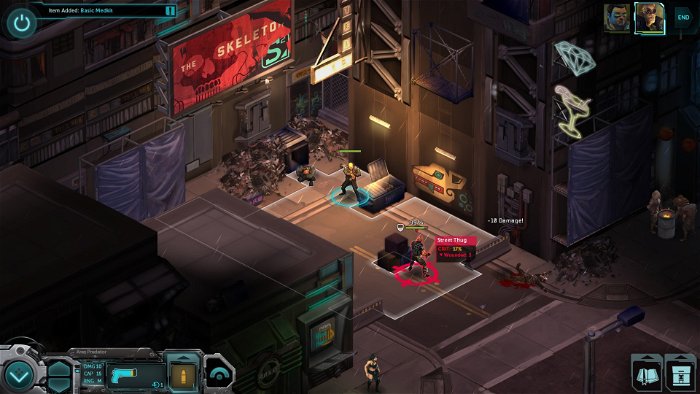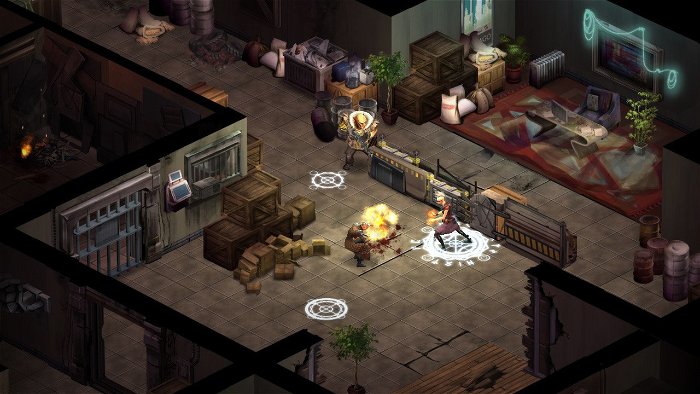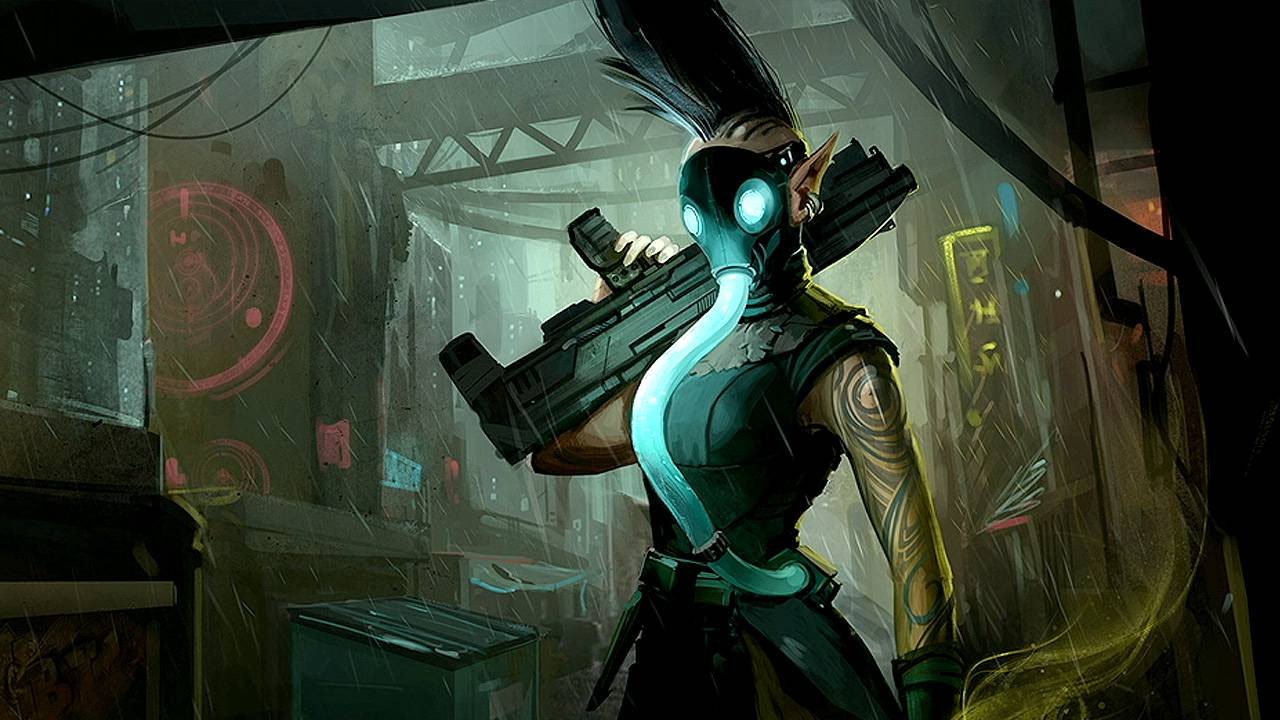There’s a lot to like about Harebrained Schemes’ Shadowrun series. The developer’s pair of tactical role-playing games are well-written—full of interesting characters and ideas—and feature settings that are an awful lot of fun to explore. There’s a great turn-based combat system, which marries the deliberate battlefield positioning of a game like Firaxis Games’ XCOM: Enemy Unknown with the spells and character skills of traditional RPGs. All of it, as presented in Shadowrun Returns and the more recent Shadowrun: Dragonfall, comes together to make for some of the more interesting games in recent years. What is most impressive about these games, though, is how strange they are—how willing they are to defy convention in favour of originality.

I’ve written about my exasperation with typical fantasy games before—about the inevitable disappointment that comes when a genre whose very basis is imagination so often defaults to an embrace of overly familiar, Tolkien-derived tropes. It’s continually baffling that, when presented with the ability to create anything at all, so many fantasy games (and I suspect this is a problem in books and film as well) are happy to continue featuring the same old casts of elves, dwarves, and wizards, fighting dragons, goblins, and orcs in a pseudo-Dark Ages Western European setting. As enjoyable as these kinds of stories can be, there are simply far too many of them. And, as with anything that’s over exposed, familiarity breeds contempt.
What Shadowrun does is take proper advantage of the freedom afforded by its fantasy setting, using it to portray a world that comes across as, for lack of a better word, truly fantastic. Rather than present players with armour-clad knights and towering stone castles, Harebrained Schemes’ games feature leather-clad cyberpunks and grimy, neon-lit city streets. In place of plots centred on the forces of good squaring off against evil, Shadowrun Returns and Dragonfall star money-hungry mercenaries who complete contracts, solve murder mysteries, and undermine mega-corporations. The fantasy genre cornerstones that do pop up in the games are subverted, too. There are orcs and trolls, sure, but they behave like ordinary people, sporting business suits or tank tops. Elves seem little more than pointy-eared, charismatic versions of humans and the few dragons that exist in the world are more likely to subtly influence politics than nest in piles of gold.

These differences go a long way toward making the experience of moving through both Returns and Dragonfall’s stories engaging. Because players can’t easily fill in the setting’s blank spaces with knowledge of well-worn fantasy genre tropes, an element of genuine curiosity exists that makes simply exploring the world consistently interesting. That’s a good thing because, as generally positive an impression as Harebrained Schemes’ Shadowrun games make, they’re not perfect. Aside from the many well-executed aspects of the games—great combat and character writing—mentioned earlier, there are technical issues, stretches of exploration that feel repetitive, and moments where plot points fall flat. Just the same, the fact that the aesthetic of the series is so distinct—such a breath of fresh air in a fairly unimaginative genre—means that players may be more willing to forgive faults they otherwise wouldn’t.
The warm reception that has accompanied the release of Shadowrun Returns and Dragonfall (as well as the rapidly funded Shadowrun: Hong Kong Kickstarter) certainly seems to support this claim. Whether players are familiar with the Shadowrun setting from its past incarnations or, like me, have come to Harebrained Schemes’ games without any prior knowledge, audiences seem to have responded well to these titles. It only makes sense. So much of what makes a role-playing game engaging is its ability to provide players with an interesting storyline to take part in—and interesting storylines are hard to craft out of deeply familiar genre tropes. Shadowrun Returns and Dragonfall serve as examples of how positively received fantasy games can be if they feel truly original. Hopefully their existence offers a bit of encouragement for developers working in the genre to try new things—to be brave enough to create work that isn’t scared to be weird.




